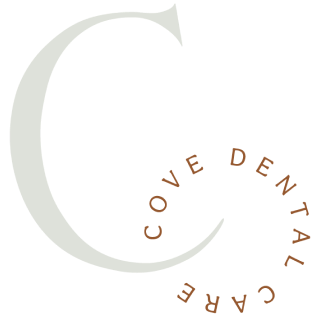Greer:

Precision for Perfect Smiles in Greenville, SC
What is Dental Bonding?
Dental bonding is a cosmetic dental procedure used to improve the appearance of teeth that are chipped, cracked, discolored, or have gaps between them. It involves the application of a tooth-colored resin material to the surface of the tooth, which is then hardened and bonded to the tooth using a special light.
Dental bonding is a quick and non-invasive procedure that can be completed in a single visit to the dentist’s office. It is a relatively affordable and conservative alternative to other cosmetic dental procedures, such as veneers or crowns. However, bonding materials are not as durable as porcelain or other materials used in more extensive restorations, and may need to be replaced or repaired over time.
Perks of Dental Bonding
Bonding can do just about anything that porcelain veneers can do. There’s a wide variety of cosmetic and restorative uses for dental bonding. The bonding material is a malleable resin that can be molded into the shape of any of your teeth. It allows you to fix almost any cosmetic chip or flaw in your teeth. Many patients like dental bonding because it’s a more cost-effective option when compared to porcelain veneers.
Dental bonding is a temporary solution. This is one of the reasons why it’s cheaper than veneers. The process is completely removable and reversible. Because of this, bonding can be used to correct problems with children, whether in their permanent teeth or their primary teeth. On average, bonding can last anywhere from three years to as many as ten years, depending on how well it’s taken care of.
Caring for Bonded Teeth
Modern dental materials are both beautiful and strong, which means you can care for them just like your natural teeth. They do not require any type of special diet or restrictions. Gently brushing teeth using a soft toothbrush and flossing between teeth can help keep harmful bacteria at bay.
We typically recommend adding a WaterPik water flosser into your daily brushing and flossing routine to maximize the number of years your dental bonding will last. You will still have natural tooth structure underneath the dental bonding that can still get dental decay or a cavity. Therefore, it is very important to keep your teeth healthy and clean to ensure your dental bonding will last as long as possible.
Immediately following your bonding treatment, you want to avoid tobacco products and any foods or beverages that can stain the bonding material. Stay away from coffee, wine, tea, and berries at this time. We also recommend that patients continue to schedule routine visits every six months. During these visits, we can clean the teeth and examine your bonded teeth to make sure they’re in good shape.
More About Teeth Bonding
Aesthetic Enhancement:
Minimally Invasive:
Quick and Efficient:
Versatility:
Cost-Effective:
Natural-Looking Results:
Immediate Improvements:
Minimal Discomfort:
Reversible:
Improved Self-Confidence:
The aesthetic enhancements achieved through teeth bonding can have a positive impact on an individual’s self-confidence. Feeling more confident about one’s smile can lead to improved social interactions and a more positive self-image.
In conclusion, teeth bonding offers a variety of benefits for individuals seeking to enhance the appearance of their teeth. From correcting imperfections to achieving natural-looking results, this minimally invasive and versatile procedure provides an affordable and efficient way to achieve a more confident and radiant smile. It’s essential to consult with a skilled and experienced dentist to determine whether teeth bonding is the right option to address your specific cosmetic concerns.
